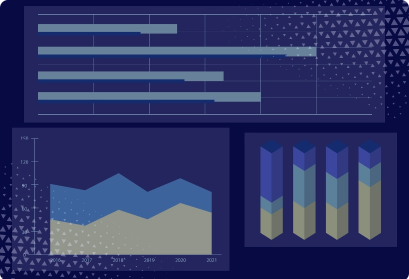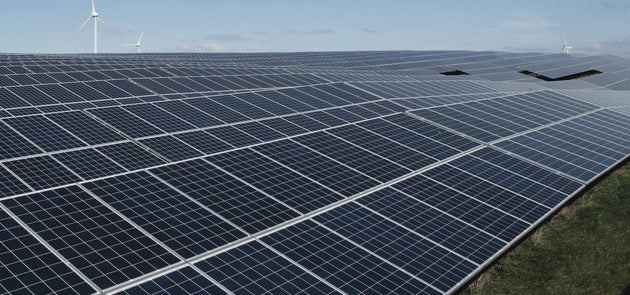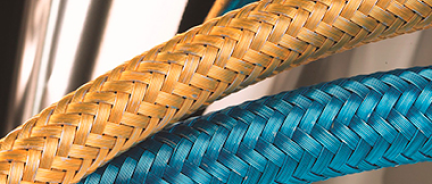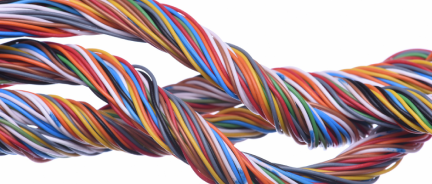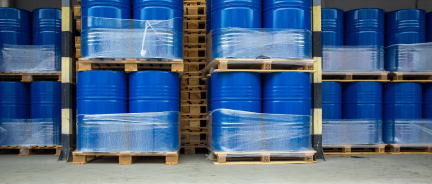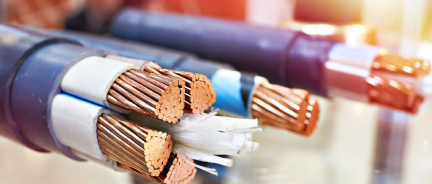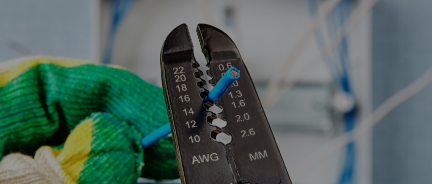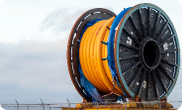How to Wire a Portable Generator to Your House (Main Panel)
A portable generator can keep your home running during a power outage or in the event of a power emergency. The method discussed in this article is a standard, NEC-compliant approach used by electricians across the U.S.: wiring a generator to a manual transfer switch through an outdoor inlet box and feeding only selected circuits.
This is by far the safest way to connect a generator to a main panel because a manual transfer switch provides complete mechanical isolation from utility power. Unlike interlock kits or manual changeover switches, it is compatible with every panel layout and fully compatible with U.S. 120/240V split-phase wiring. It is also easier for homeowners to operate during an outage, as you don't have to manipulate the breaker at all. Official inspections approve this method of connecting a power generator to your house.
This guide expands the diagram into a clear step-by-step explanation, including the exact types of cables you need to use.

System Overview (Based on the Infographic)
Before beginning the wiring process, it’s important to understand the components:
-
Main Panel – Receives utility power on Hot 1 (L1), Hot 2 (L2), Neutral, and Ground.
-
A Manual Transfer Switch is a small, dedicated electrical panel installed next to your home’s main breaker panel. It contains a set of individual switches, one for each circuit you want to power during an outage. Each switch has two positions: LINE and GEN. It allows you to shift selected circuits from LINE (utility) to GEN (generator).
-
Generator Inlet (L14-20 or L14-30) – Outdoor connection point for the generator cord.
-
Portable Generator – Supplies 120/240V split-phase power through a 4-wire output.
This setup isolates the generator from the utility grid, giving you exact control over which circuits receive backup power. You can choose what to power with your generator at any given time.
Types of Cables Used in The Transfer Switch Method
This method requires three main cable categories:
-
A 4-wire SOOW cable between the inlet box and the transfer switch
-
10/4 SOOW for a 30A L14-30 inlet
-
12/4 SOOW for a 20A L14-20 inlet
-
Carries: Hot 1 (Black), Hot 2 (Red), Neutral (White), Ground (Green)
-
A heavy-duty generator cord (L14-20 or L14-30) between the generator and the inlet box
-
Matches generator outlet amperage
-
Typically 10/4 or 12/4 SOOW
-
Existing branch-circuit wiring in the panel (14 AWG, 12 AWG, 10 AWG NM-B)
-
The transfer switch intercepts these; they are not replaced.
The exact use of these cables is explained in the list below.
Step-By-Step Installation With Expanded Explanation
Step 1: Mount the Transfer Switch Next to the Main Panel
Install the manual transfer switch directly beside the breaker panel.
This keeps the wiring short and lets you use the pre-attached bundle of wires called the whip that comes with the transfer switch.
The whip has:
-
Hot leads for each circuit
-
A neutral conductor
-
A ground conductor
You do not purchase these separately; they come pre-wired with the switch.
Step 2: Move Each Selected Circuit Into the Transfer Switch
To power a circuit from either the utility or the generator, the load wire must pass through the transfer switch.
Here is how this happens:
-
A branch circuit’s load wire is removed from its breaker.
-
That wire is inserted into the matching labelled lead from the transfer switch (A, B, C, etc.).
-
The switch’s corresponding lead (e.g., “Black A” or “Red A”) is landed back onto the breaker.
This “detour” allows the switch to choose whether the load receives utility power or generator power.
The transfer switch interacts only with existing in-panel wiring:
-
14 AWG NM-B wires for 15A circuits
-
12 AWG NM-B wires for 20A circuits
-
10 AWG NM-B wires for 30A 240V loads
No new cable is run for branch circuits. The switch intercepts what is already there.
Step 3: Run a 4-Wire SOOW Cable From the Inlet Box to the Transfer Switch
To carry generator power into the home, electricians use a 4-wire SOOW cable, rated for outdoor and flexible use:
-
10/4 SOOW for a 30A L14-30 inlet (most common, supports ~7,500W)
-
12/4 SOOW for a 20A L14-20 inlet (supports ~5,000W)
-
8/4 SOOW for larger 50A systems (rare for portables)
This cable includes:
-
Black – Hot 1 (X)
-
Red – Hot 2 (Y)
-
White – Neutral (W)
-
Green – Ground (G)
These match the terminals shown in the infographic.
The cable enters the transfer switch via a strain-relief connector and terminates on the designated generator input lugs.
Step 4: Install the Outdoor Generator Inlet Box
The inlet box connects the generator to the SOOW cable.
You will need:
-
A weatherproof L14-20 inlet (for 20A systems) OR
-
A weatherproof L14-30 inlet (for 30A systems)
Inside this inlet, the same 4-wire SOOW cable lands on the X, Y, W, and G terminals.
This creates a complete, code-safe path for generator power to enter the house without requiring the panel to be opened.
Step 5: Use the Correct Generator Cord (SOOW, Matching Amperage)
From generator to inlet, use a heavy locking cord:
-
10/4 SOOW L14-30 cord for 30A generators
-
12/4 SOOW L14-20 cord for 20A generators
This cord must match:
-
The generator outlet
-
The inlet box rating
-
The amperage of the transfer switch feed
Step 6: Grounding and Bonding
The generator’s ground conductor (green in the SOOW cable) connects to the home’s grounding system at the transfer switch or panel.
If a local authority requires it, a 6 AWG bare copper grounding electrode conductor may be run to an exterior ground rod; however, this is rarely necessary for portable units.
4. Operation During an Outage
When the utility is ON:
-
Transfer switch circuits are set to LINE.
-
The generator cable is unplugged.
When the utility is OFF:
-
Plug the generator cord into inlet.
-
Start the generator.
-
Flip selected circuits from LINE → GEN.
-
Only those circuits receive generator power.
This allows:
-
Load control
-
Overload prevention
-
Safe isolation from utility lines
The SOOW feed cable carries generator power through the switch exactly as shown in the infographic.
Cables Available From Nassau National Cable
If you need materials for this installation, NNC has all cable types used in the transfer-switch method, including 10/4 SOOW and 12/4 SOOW generator cables, as well as standard NM-B branch-circuit wiring such as 14/2, 12/2, 12/3, and 10/3 NM-B. These options cover both 20-amp and 30-amp generator setups and provide everything required to connect your inlet box, transfer switch, and circuits.


